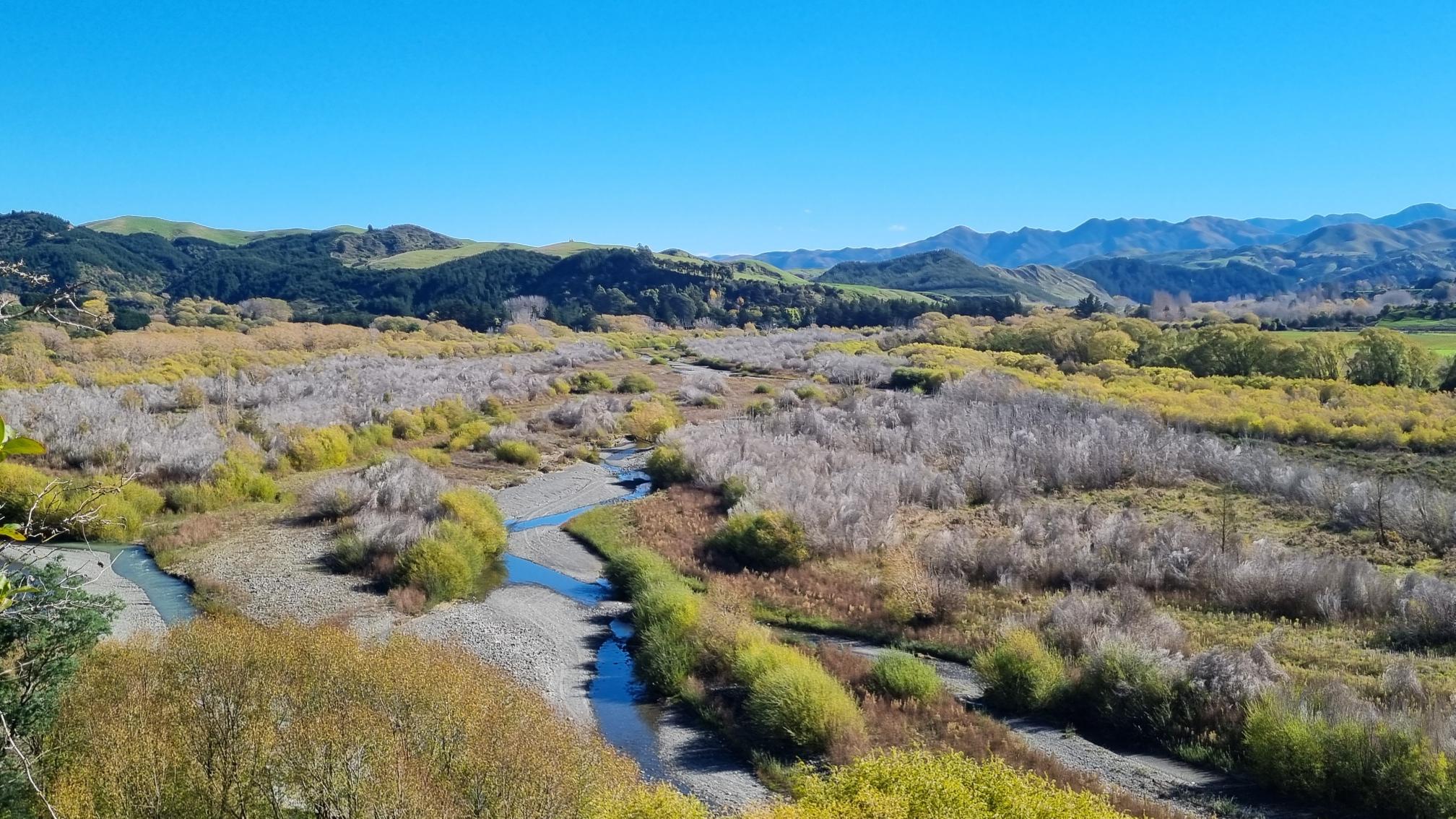Jamie McFadden: Have we learned from our past?

While this story is about a willow whose origins have not been evidentially confirmed, the purpose of this story is to highlight what can happen when releasing any new organism (including GMOs) into our environment without due care and diligence.
The Conway River in North Canterbury used to be a braided riverbed with extensive gravel areas for nesting river birds and space for the river to meander across the braid plain.
But three years ago, that all changed when a new type of large shrub willow took over the riverbed.
The Regional Council aerial sprayed some areas last year but is fighting a losing battle.
It is believed this invasive willow came from erosion control plantings undertaken by public agencies.
It is not clear whether one of these newly planted willow species has spread, or two varieties have cross-pollinated and formed this new super weed.
Either way, it is an environmental disaster of monumental scale.
The larger, well-known crack willow trees still line the margins of the rivers but seldom grow across the riverbed itself.
The difference between the crack willow and this new arrival is that this new willow takes over the entire riverbed. And more.
In the Leader River, six kilometres south of the Conway River, the larger crack willows have existed for decades along the riverbed margins.
The riverbed itself used to be clear of vegetation, but in the last 12 months, the invasive shrub willow has moved in. Another river about to be taken over.
The Leader River connects to one of Canterbury’s largest braided rivers, the Waiau, and the invasive willow has recently moved in there too.
It can now be seen while crossing the State Highway 1 bridge.
A frightening aspect of this new invasive willow is that it appears to be spreading by seed.
It has jumped out of riverbeds and is spreading across farmland.
The speed of growth is phenomenal, and even in reasonably intensive grazing regimes it establishes freely.
Last weekend I found this invasive willow moving up side streams, into hill country and native forest.
In 30 years of fighting weeds and pests I have never seen anything like it.
As we watch this environmental disaster unfolding, the Government, at the behest of some corporate and scientist self-interests, is pushing new legislation through that seeks to reduce or, in some cases, remove safeguards around genetically modified organisms and genetic engineering.

And yet, this example I have presented here demonstrates how a lack of due diligence and care has led to an environmental disaster.
New Zealand/Aotearoa has a terrible history of species introductions that have gone horribly wrong.
Deer, rabbits, broom, stoats, gorse — and the list grows every year as new invaders make their way into the wild thanks to the actions of humans.
Have we not learnt from our past?
Not just the environmental damage but the economic cost, spending millions of dollars trying to fix our past mistakes.
The message from this is for the Government to immediately halt the Gene Tech Bill and allow reasoned consideration of the perils of reducing and removing safeguards around the field testing and release of GMOs, and gene tech generally.
Anything less would be irresponsible and put our natural environment and economy at significant risk of major harm.
By Jamie McFadden – Environmentalist
